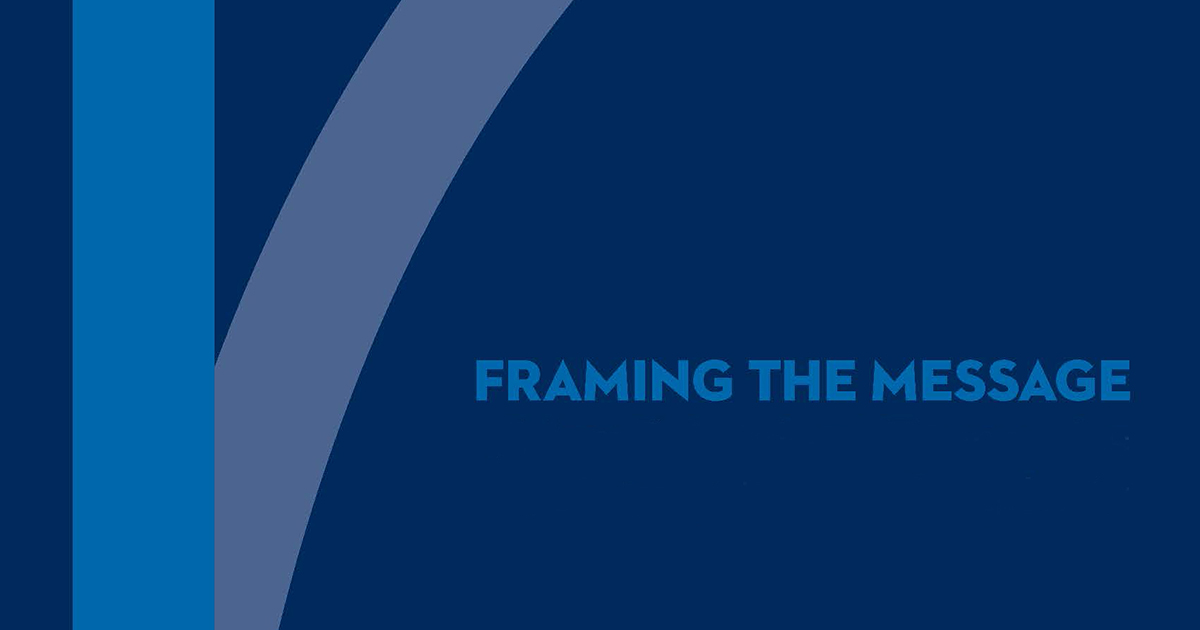Framing the Message
Using Behavioral Economics to Engage TANF Recipients

The Behavioral Interventions to Advance Self-Sufficiency (BIAS) project is the first major opportunity to use a behavioral economics lens to examine programs that serve poor and vulnerable families in the United States. Sponsored by the Office of Planning, Research and Evaluation of the Administration for Children and Families in the U.S. Department of Health and Human Services and led by MDRC, the project applies behavioral insights to issues related to the operations, implementation, and efficacy of social service programs and policies.
This report presents findings from an intervention designed to increase the number of Temporary Assistance for Needy Families (TANF) recipients in Los Angeles who “reengaged” in the county’s welfare-to-work program. Some adults with young children had been exempt from participating in the welfare-to-work program, but this exemption ended in 2013 due to a change in state policy. In late 2013, Los Angeles County began scheduling appointments with formerly exempt parents to bring them into the welfare-to-work program and engage them in program activities. The county made at least four attempts to contact participants and inform them of the new requirements prior to the appointment: sending two notices, 60 days and 30 days before the appointment, and placing two reminder calls, 10 days and 3 days before the appointment. Despite all of this communication, only about half of the participants who received a reengagement notice between September 2013 and January 2014 attended the scheduled mandatory reengagement appointment.
The BIAS team tested sending additional, behaviorally informed materials to participants one week before the reengagement appointment. The team designed two different notices that employed behavioral techniques; one highlighted the losses participants might experience by not attending the appointment and the other highlighted the benefits they might gain by attending.
Participants were randomly assigned to one of three groups: (1) a program group that received the gain-framed notice; (2) a program group that received the loss-framed notice; or (3) a control group, which did not receive additional materials. The test found that receiving an additional behavioral message increased the percentage of program group members who engaged in the program within 30 days of their scheduled appointment by a statistically significant 3.6 percentage points. This increase was largely driven by the loss notice, which increased engagement at 30 days by 4.4 percentage points, while the gain notice, when compared with the control condition, did not produce a statistically significant impact at 30 days. No impacts were found for either group after 60 and 90 days. The behavioral outreach did not significantly reduce the percentage of participants sanctioned by the program for nonparticipation after 60 and 90 days.
This intervention was added to a fairly intensive campaign to increase engagement among TANF recipients. Given that this was one additional piece of mail on top of at least four other attempts to reach participants and convey the importance of participating, it is notable that it helped participants to engage earlier than they would have otherwise.







